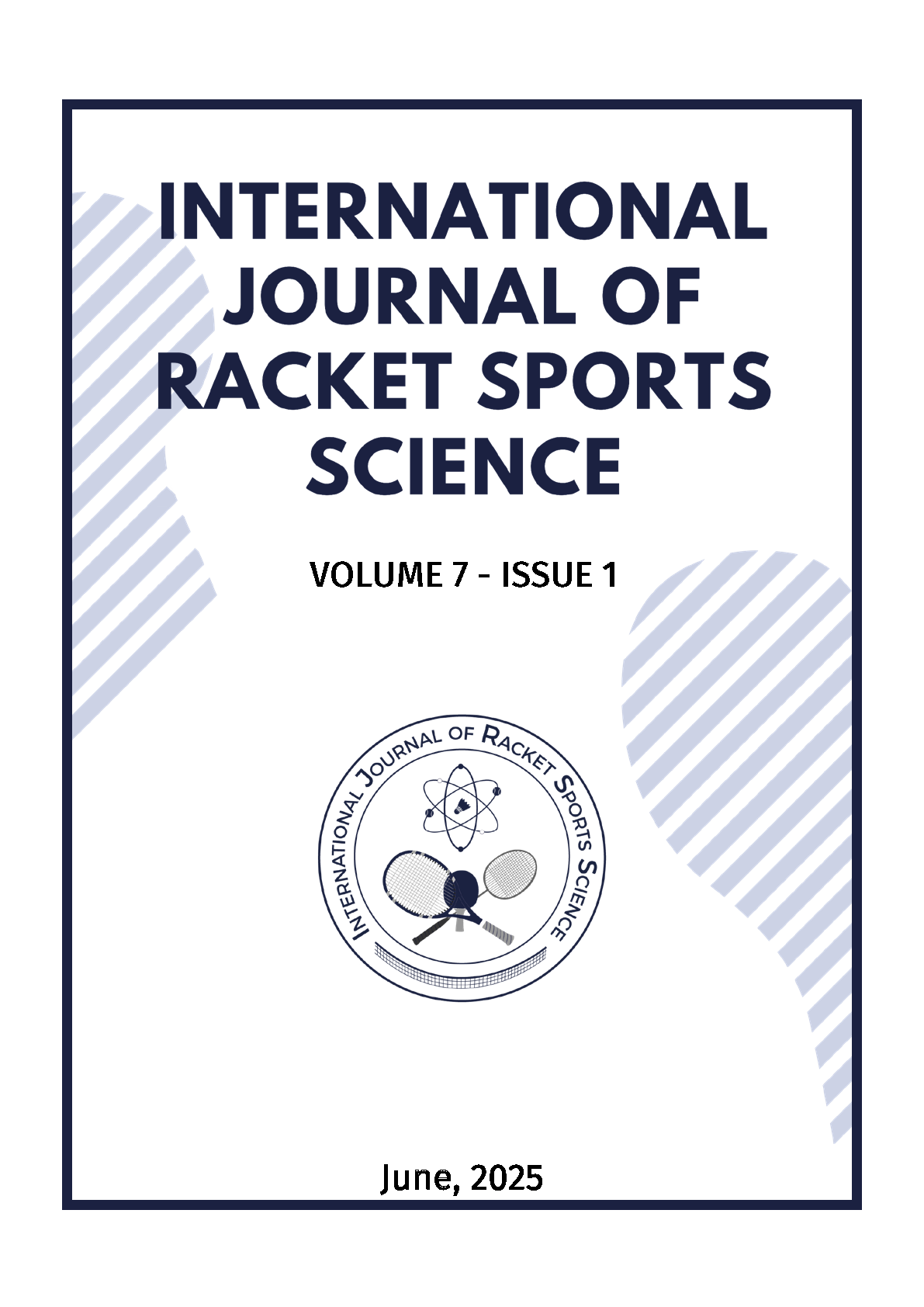Is clay court the best tennis surface? A narrative review
Abstract
This paper aims to demonstrate that clay courts are likely the most suitable playing surfaces in terms of muscle contraction, efficiency and the reduction of risk factors associated with the viscoelastic and frictional properties of the surfaces themselves. The style of play, with more or less frequent accelerations, decelerations and changes of direction, the duration of the match and the frequent tournaments on different playing surfaces can be additional risk factors. In fact, it has been shown that muscles are sensitive to surface stiffness and that frequent playing on different surfaces can be associated with lower limb injuries. Furthermore the busy calendar of ATP (Association of Tennis Professionals) and WTA (Women's Tennis Association) is stigmatised because it is characterized by the sudden transition from hard to clay and/or clay to grass without the necessary gradualness, thus preventing proper motor adaptation. The aims of this work emerge from literature and from a biomechanical-theoretical analysis of the loads that result in the musculoskeletal system by human and playing surface interaction.
Copyright (c) 2025 International Journal of Racket Sports Science

This work is licensed under a Creative Commons Attribution 4.0 International License.










_(1).png)
